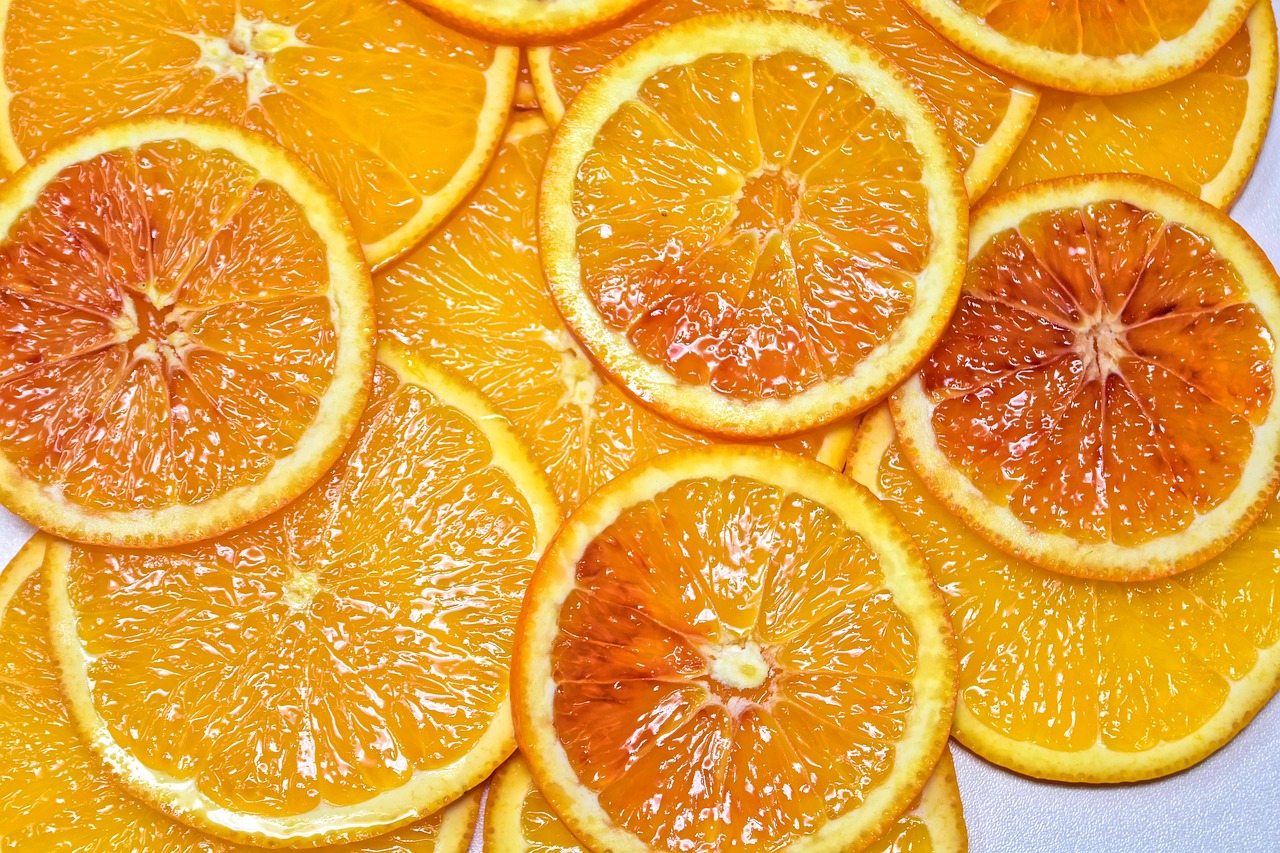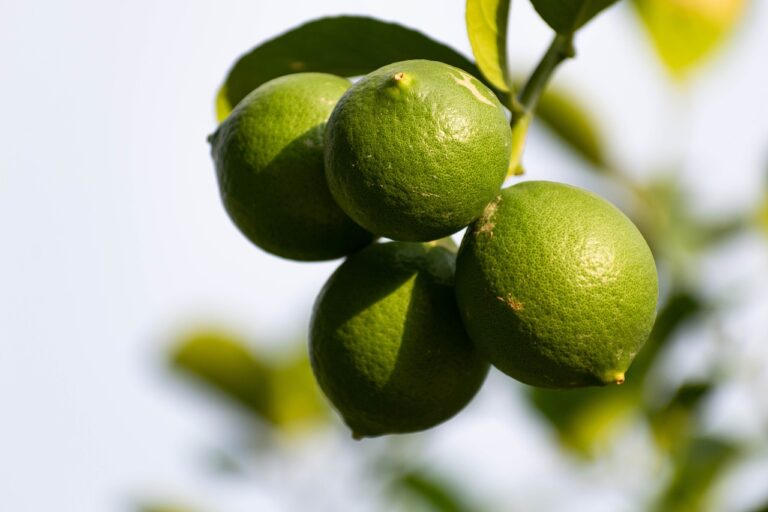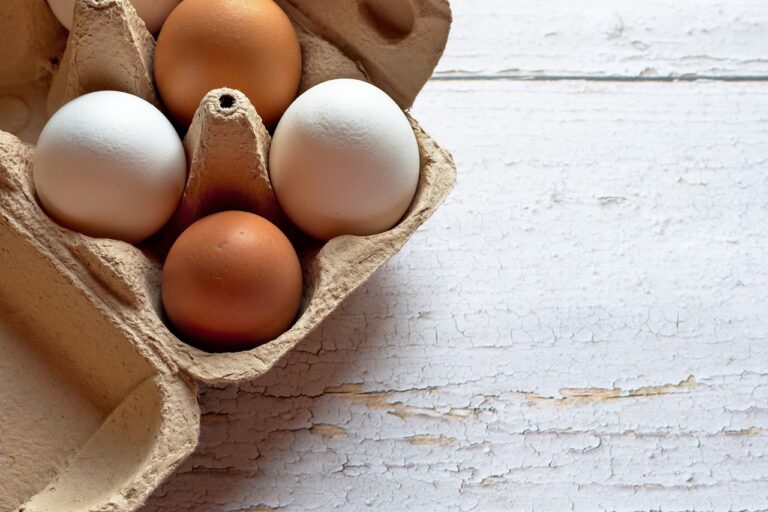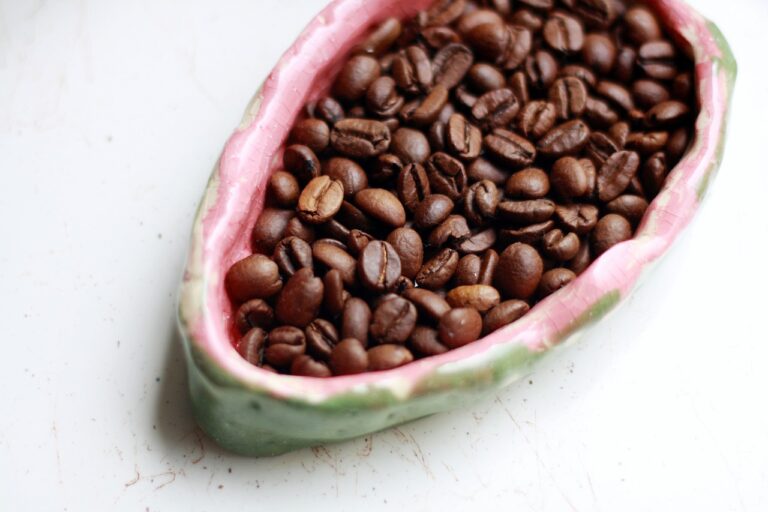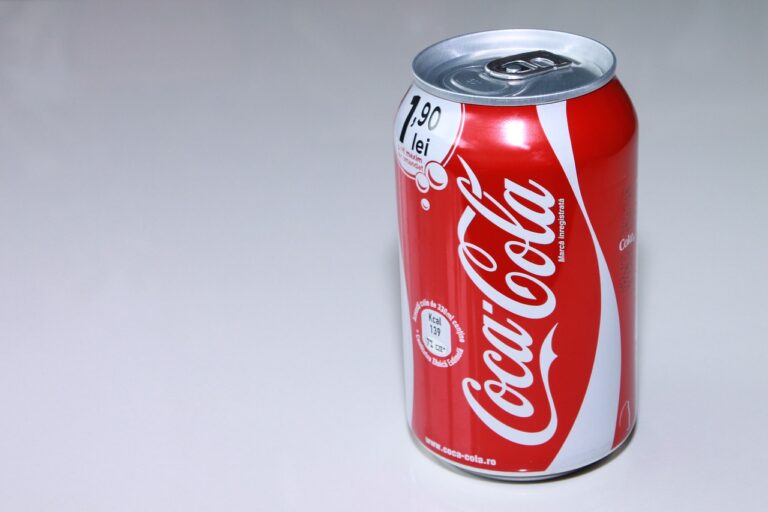Exploring Innovative Seafood Preservation Techniques
11xplaylogin, king567 sign up, skyinplay: Exploring Innovative Seafood Preservation Techniques
Are you a seafood lover but struggle with keeping your favorite ocean treats fresh for longer periods? You’re not alone! Seafood has a reputation for spoiling quickly, leading to waste and disappointment for many seafood enthusiasts. Fortunately, innovative techniques have been developed to help preserve seafood’s freshness and flavor for extended periods, allowing you to enjoy your favorite dishes without worrying about spoilage. In this article, we will explore some of these groundbreaking seafood preservation methods that are revolutionizing the seafood industry.
Seafood Preservation Techniques: An Overview
Seafood preservation has been a challenge for centuries due to the delicate nature of fish and other seafood products. Traditional methods such as salting, smoking, and freezing have been used to extend the shelf life of seafood, but they often compromise the texture and flavor of the final product. In recent years, new technologies and techniques have emerged that are changing the game when it comes to seafood preservation. Let’s delve into some of the most innovative seafood preservation methods currently available.
1. High Pressure Processing (HPP)
High Pressure Processing (HPP) is a non-thermal preservation method that uses high levels of hydrostatic pressure to kill bacteria and other pathogens while preserving the natural texture and flavor of seafood. This technique is particularly effective for delicate seafood products such as sushi-grade fish and shellfish. HPP is a chemical-free process that eliminates the need for preservatives, making it a safe and environmentally friendly preservation method.
2. Modified Atmosphere Packaging (MAP)
Modified Atmosphere Packaging (MAP) is a packaging technique that involves altering the atmosphere inside a package to slow down the growth of bacteria and extend the shelf life of seafood. By adjusting the levels of oxygen, carbon dioxide, and nitrogen inside the package, MAP helps to preserve the freshness and quality of seafood products without the need for preservatives or additives. This method is commonly used for fresh seafood products such as fillets, shellfish, and sushi.
3. Fermentation
Fermentation is a traditional preservation technique that has been used for centuries to preserve seafood products such as fish sauce, shrimp paste, and salted fish. Fermentation involves the action of beneficial bacteria and enzymes that break down proteins and fats in seafood, creating unique flavors and textures. Fermented seafood products are prized for their umami-rich taste and can be stored for long periods without refrigeration.
4. Freeze-Drying
Freeze-drying is a dehydration process that involves freezing seafood products and then removing the ice by sublimation, leaving behind a dry, lightweight product. Freeze-dried seafood products have a long shelf life and retain much of their original texture and flavor. This preservation method is ideal for seafood products that need to be stored for extended periods without refrigeration, such as camping meals and emergency food supplies.
5. Irradiation
Irradiation is a food preservation technique that uses ionizing radiation to kill bacteria, parasites, and other pathogens in seafood products. This method has been approved by the FDA and WHO for use on foods, including seafood. Irradiation helps to extend the shelf life of seafood products by inhibiting the growth of spoilage organisms and pathogens, making them safer to consume.
6. Vacuum Packaging
Vacuum packaging is a popular preservation method that involves removing air from a package containing seafood products and sealing it tightly. By eliminating oxygen, vacuum packaging helps to slow down the oxidation and growth of bacteria in seafood, extending its shelf life. Vacuum-packaged seafood products can be stored in the refrigerator or freezer for longer periods without compromising their quality or flavor.
7. Sous Vide
Sous Vide is a cooking technique that can also be used for seafood preservation. This method involves vacuum-sealing seafood in a plastic bag and cooking it in a water bath at a precise temperature for an extended period. Sous Vide helps to preserve the texture and flavor of seafood while ensuring that it is fully cooked and safe to eat. This technique is ideal for delicate seafood products such as fish fillets, shrimp, and scallops.
8. Canning
Canning is a traditional preservation method that involves sealing seafood products in airtight containers and then heating them to destroy bacteria and other pathogens. Canned seafood products have a long shelf life and can be stored at room temperature without refrigeration. Canning is a popular preservation method for seafood products such as tuna, sardines, and crab meat.
9. Dehydration
Dehydration is a preservation technique that involves removing moisture from seafood products to inhibit the growth of bacteria and mold. Dehydrated seafood products have a long shelf life and can be rehydrated with water or other liquids before cooking. This method is commonly used for seafood snacks such as shrimp chips, dried anchovies, and fish jerky.
10. Oxidation Control
Oxidation control is a preservation method that involves using antioxidants and oxygen scavengers to prevent the oxidation of fats and proteins in seafood products. By reducing the formation of free radicals and other harmful compounds, oxidation control helps to maintain the quality and freshness of seafood products for longer periods. This method is often used in combination with other preservation techniques such as vacuum packaging and MAP to enhance the shelf life of seafood.
Conclusion
Seafood preservation is a critical aspect of the seafood industry, ensuring that consumers have access to safe and high-quality seafood products. By exploring innovative preservation techniques such as High Pressure Processing, Modified Atmosphere Packaging, Fermentation, Freeze-Drying, Irradiation, Vacuum Packaging, Sous Vide, Canning, Dehydration, and Oxidation Control, we can enjoy fresh seafood dishes for longer periods without compromising on taste or texture. These cutting-edge methods are revolutionizing the way we preserve and enjoy seafood, making it easier than ever to savor the wonders of the ocean.
FAQs
Q: Are these seafood preservation methods safe for consumption?
A: Yes, all the seafood preservation methods mentioned in this article are safe for consumption and have been approved by regulatory bodies such as the FDA and WHO.
Q: How long can seafood products be preserved using these methods?
A: The shelf life of preserved seafood products varies depending on the preservation method used and the specific product. In general, seafood products can be preserved for weeks to months using these innovative techniques.
Q: Can I use these preservation methods at home?
A: Some of the preservation methods mentioned in this article, such as vacuum packaging and canning, can be used at home with the right equipment and knowledge. However, other methods such as HPP and irradiation require specialized equipment and expertise.
Q: Which preservation method is best for delicate seafood products?
A: High Pressure Processing (HPP) is considered one of the best preservation methods for delicate seafood products such as sushi-grade fish and shellfish, as it preserves the natural texture and flavor of the seafood without compromising its quality.
Q: Are there any drawbacks to using these preservation methods?
A: While these innovative seafood preservation methods are highly effective, some may have drawbacks such as increased costs, the need for specialized equipment, and changes in texture or flavor. It is essential to weigh the pros and cons of each preservation method before deciding which one to use.
Q: Can preserved seafood products be used in cooking?
A: Yes, preserved seafood products can be used in cooking in a variety of ways, including grilling, frying, roasting, and steaming. However, it is essential to follow proper cooking guidelines to ensure the safety and quality of the final dish.

